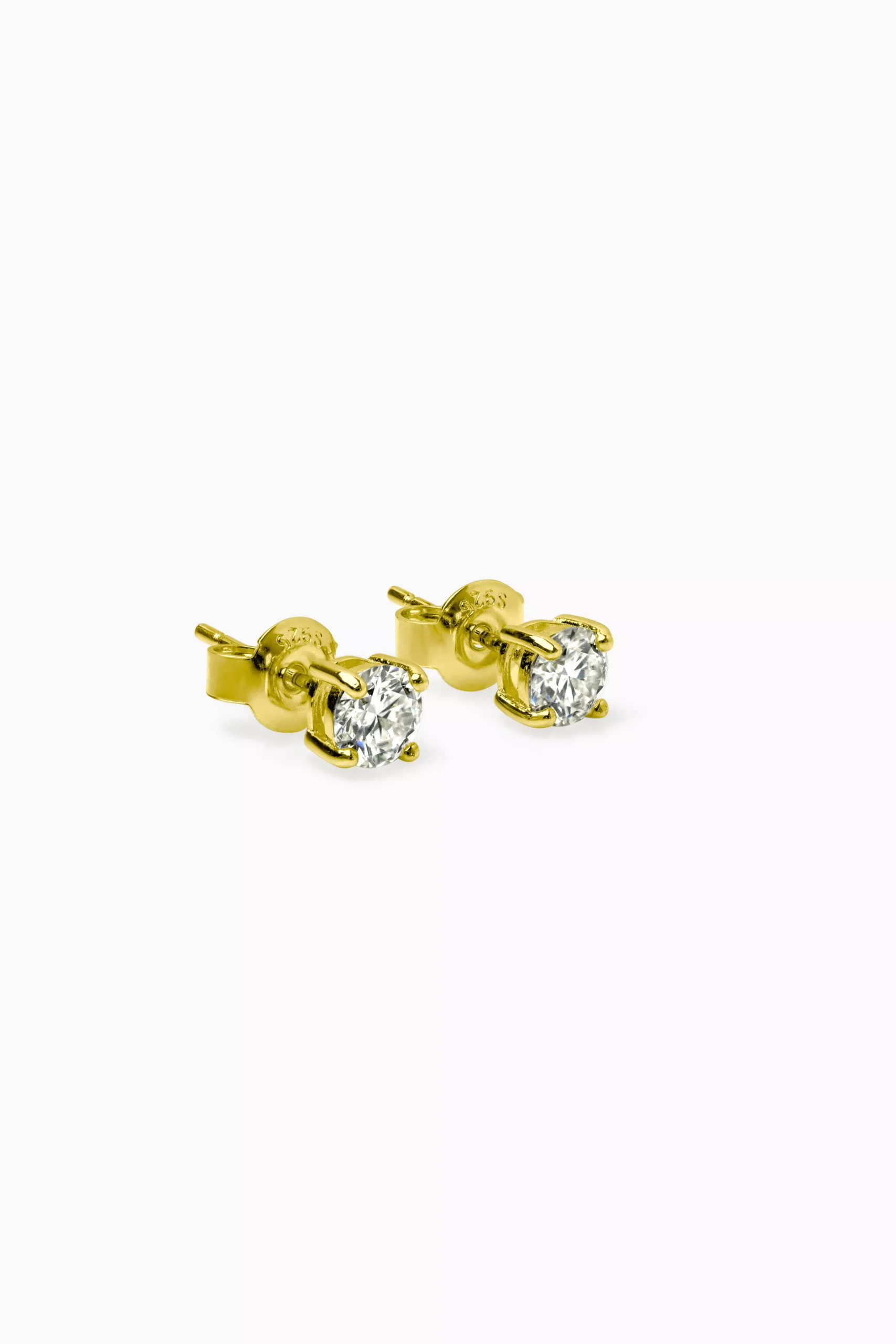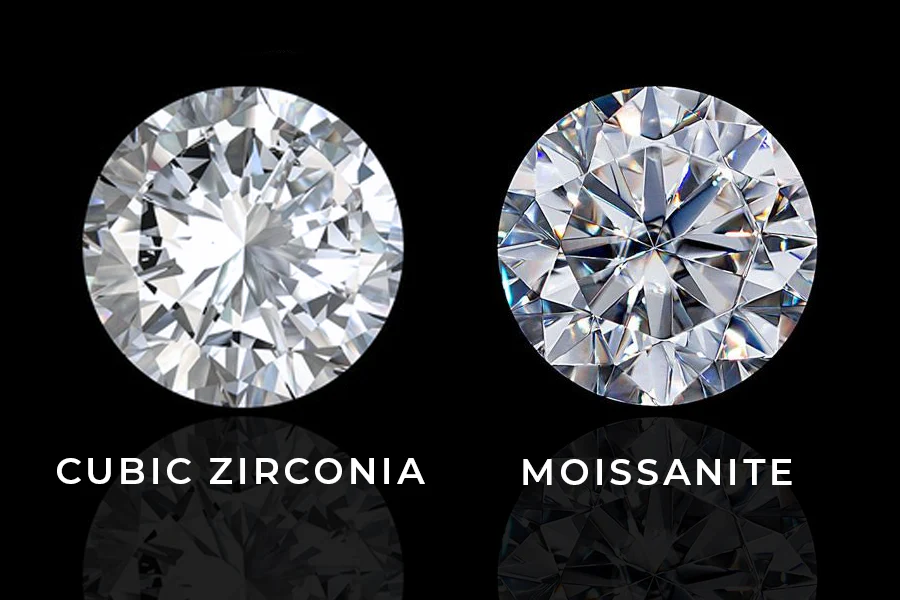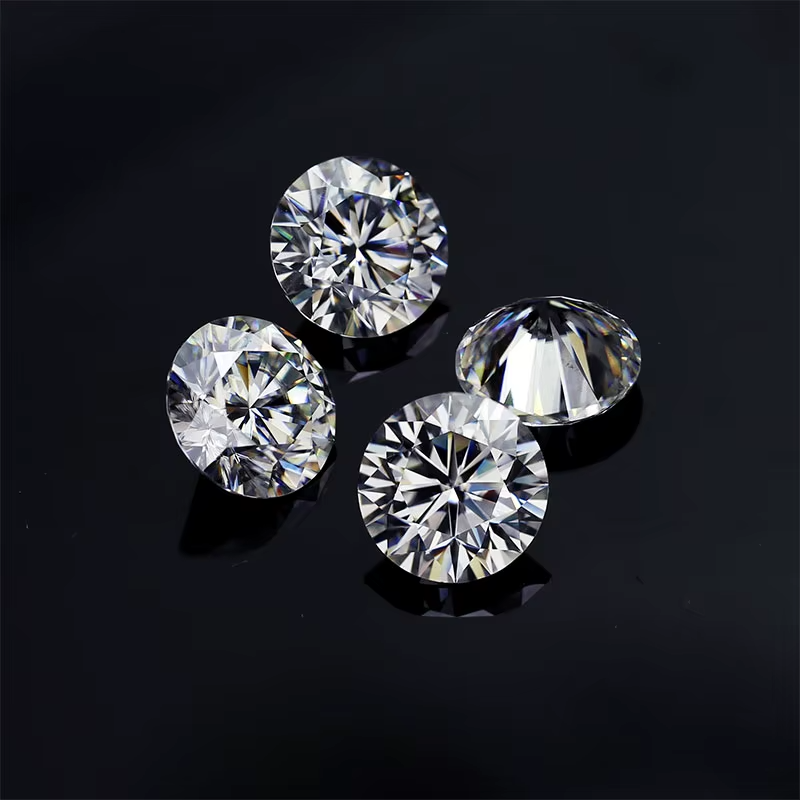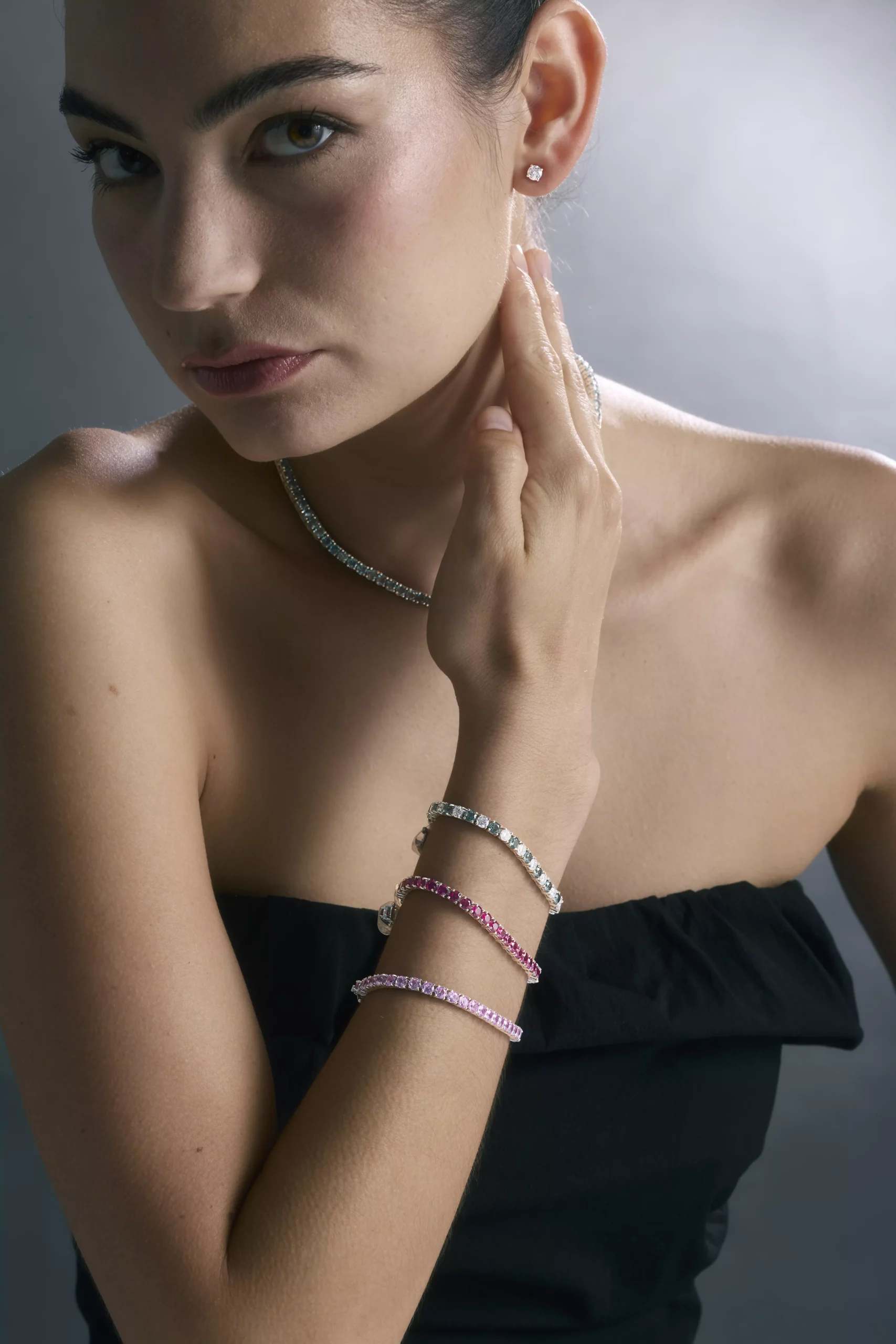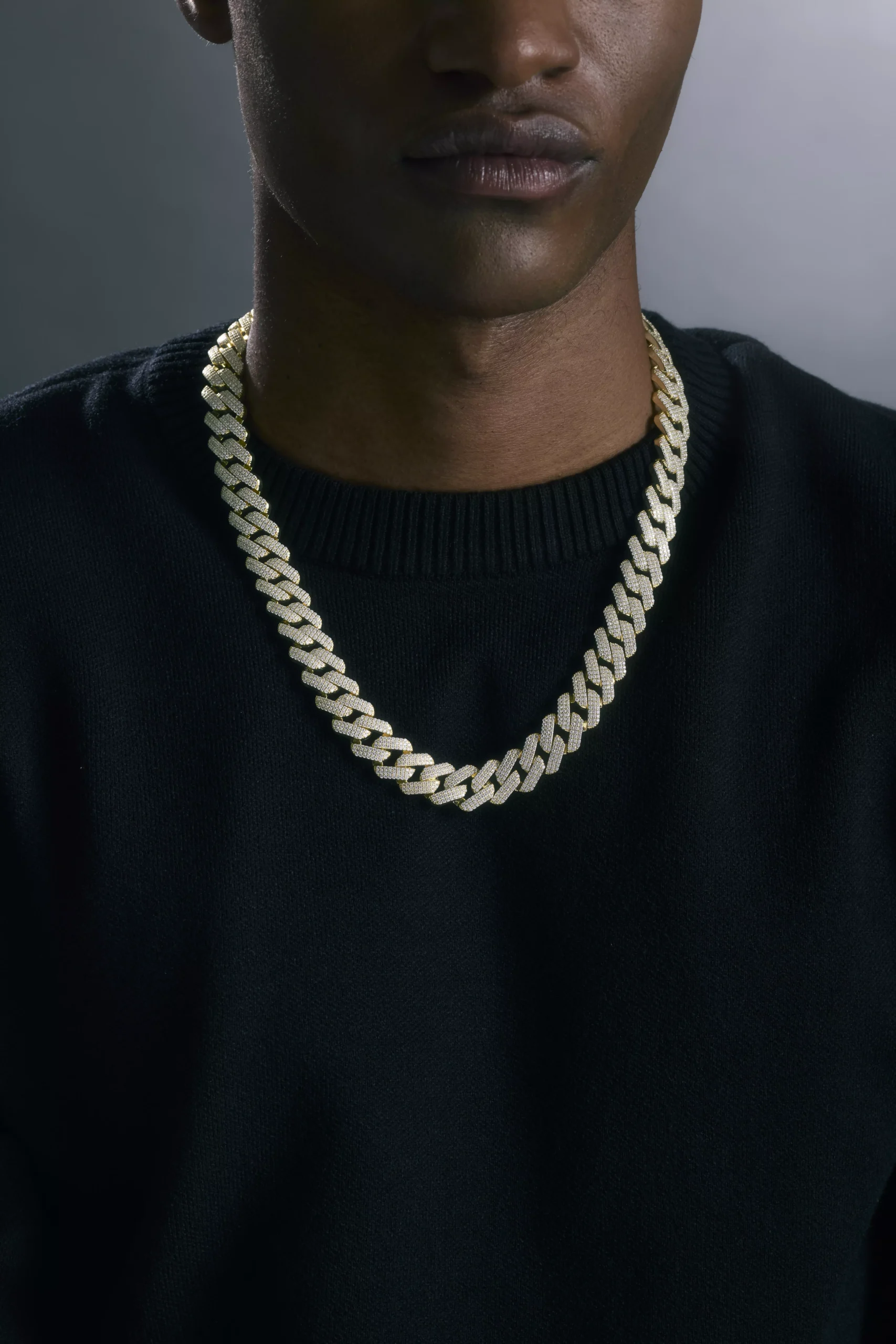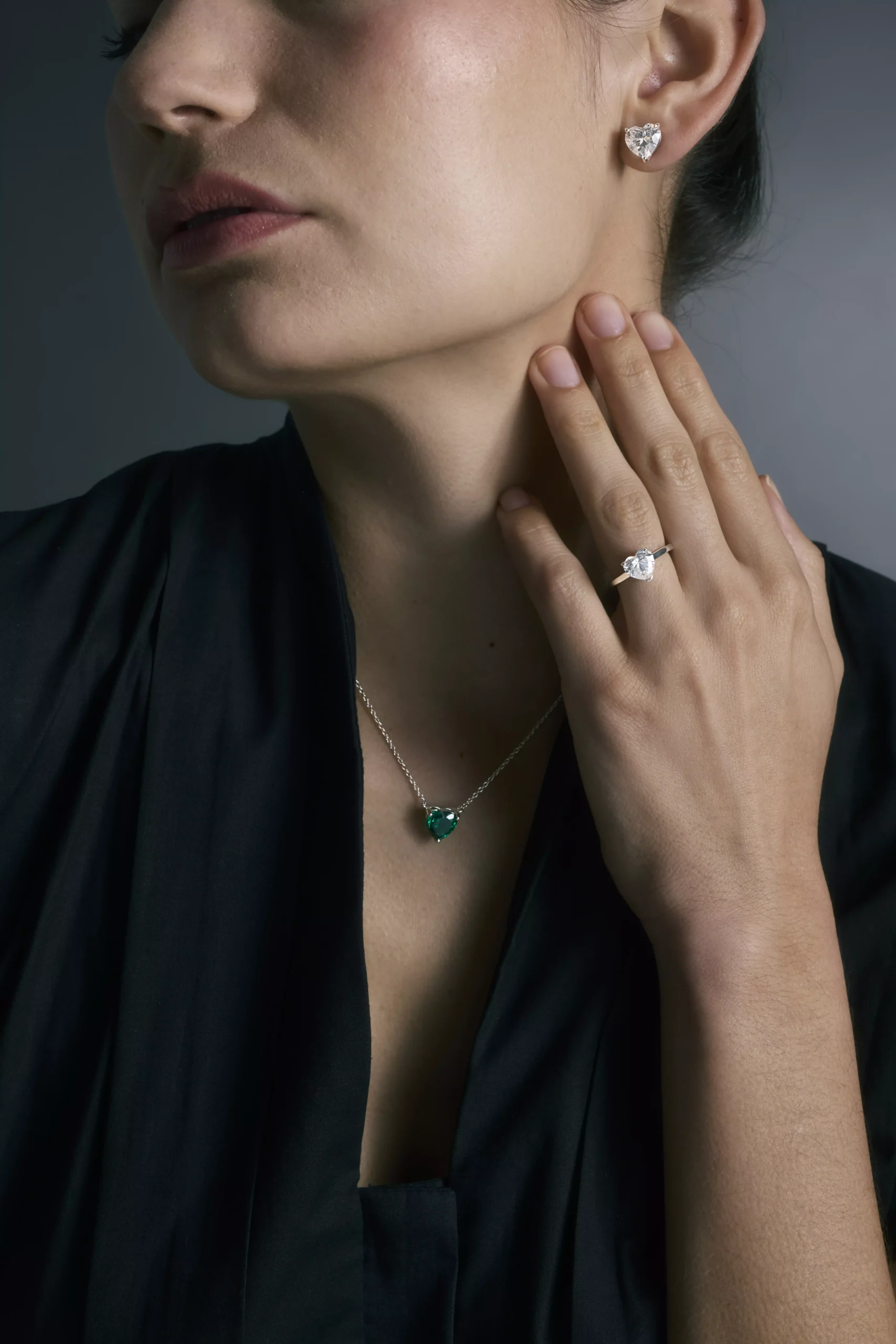- Brilliance, Diamond, Engagement Rings, Moissanite, Moissanite vs Diamond
Moissanite vs Diamond – What Are the Differences?
- Moissanite SEO
Ultimate Guide to Choosing Stunning...
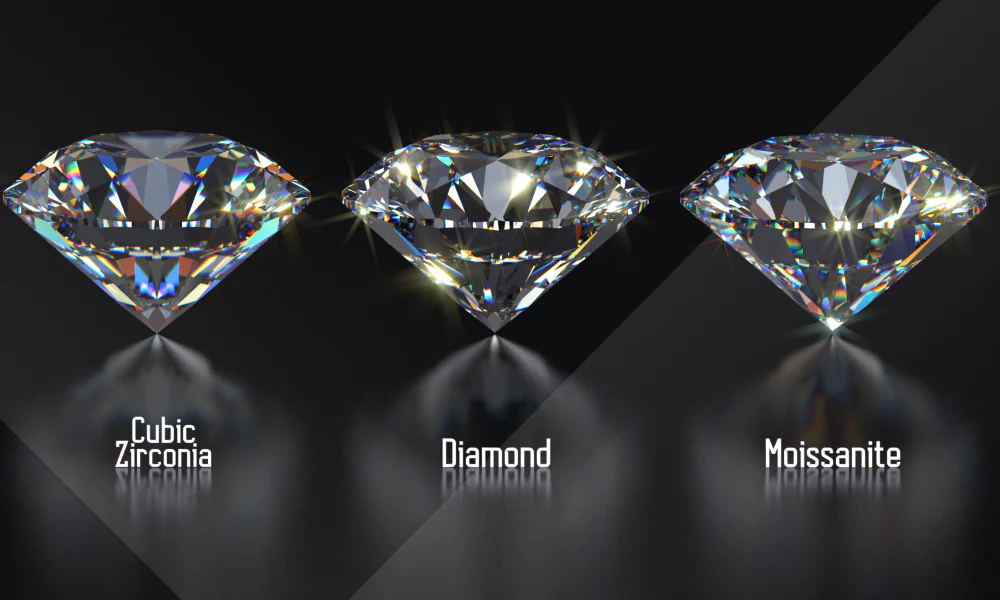
Table of Contents
When you browse the jewelry collections on DUSANTÉ, two gemstones will stand out: diamonds and moissanite. Both offer exceptional brilliance and elegance—but which one is right for you? Whether you’re shopping for a timeless engagement ring or an everyday accessory, understanding the key differences between moissanite and diamonds is essential.
Table Of Content
- Moissanite, Cubic Zirconia, or Diamond:...
- Why Is Moissanite So Expensive?...
- What Are Diamonds?
- What Is Moissanite?
- Key Differences Between Moissanite and Diamonds
- Price
- Color
- Clarity
- Durability
- Brilliance
- Expert Tip
- Internal Links for SEO and User Journey
- The Bottom Line
- Table of Contents
- Dusante
- Moissanite, Cubic Zirconia, or Diamond: Making the Best Choice
- Dusante
- Why Is Moissanite So Expensive? Understanding the True Moissanite Cost
- Dusante
- Moissanite vs Traditional Diamonds: Making the Right Choice
- Dusante
- Caring for Your Moissanite Jewelry: Essential Tips
- Dusante
- Why Moissanite Is the Best Choice for Tennis Necklaces
- Dusante
- Ultimate Guide to Moissanite Engagement Rings
This comprehensive guide will walk you through their origins, clarity, durability, cost, and overall value.
What Are Diamonds?
Diamonds are natural gemstones formed from pure carbon under high-pressure and high-temperature conditions deep within the Earth’s mantle. Known for their hardness and iconic status, diamonds are among the most prized gems in the world.
They’re not only extremely durable (ranking 10 on the Mohs hardness scale), but also considered traditional symbols of love and commitment.
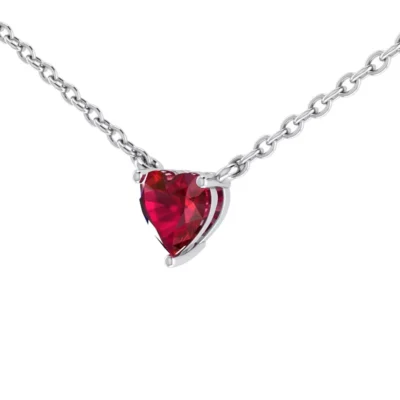
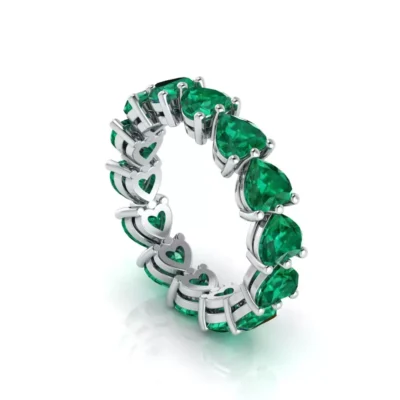
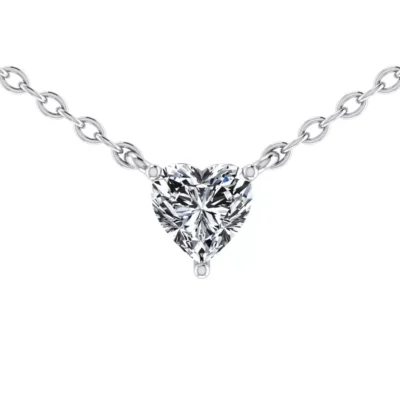
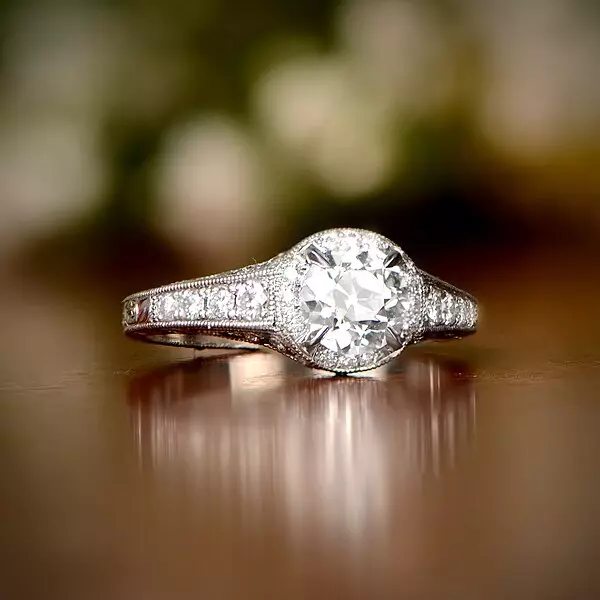
What Is Moissanite?
Moissanite is a gemstone composed of silicon carbide, first discovered by Henri Moissan in 1893 inside a meteorite. Due to its rarity in nature, moissanite is now grown in labs, offering a sustainable and affordable alternative to diamonds.
Despite being lab-created, moissanite rivals diamonds in brilliance and clarity, making it a top choice for ethical and cost-conscious shoppers.
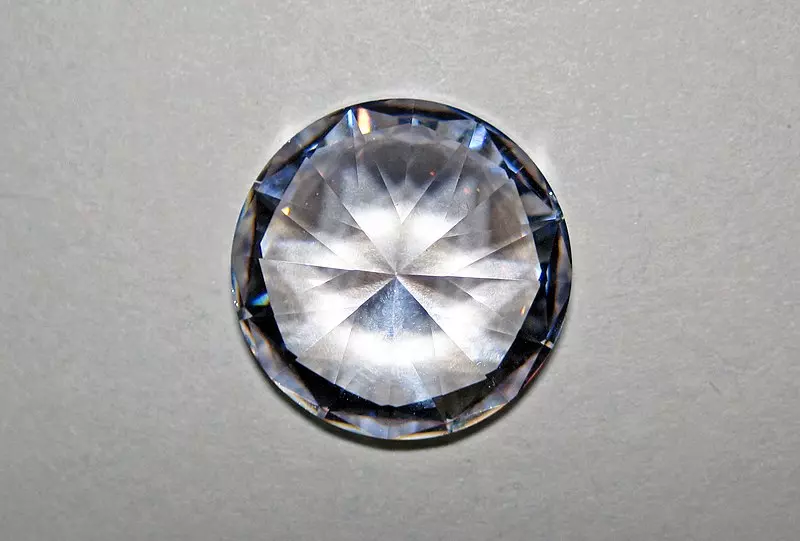
Key Differences Between Moissanite and Diamonds
Price
Diamonds are significantly more expensive due to their rarity and extraction process. A 1-carat natural diamond can cost upwards of $4,000–$6,000, while a comparable moissanite stone usually ranges from $400–$600.
For those comparing moissanite engagement rings vs. diamonds, moissanite wins on affordability.
Color
Natural diamonds are graded on a color scale, with D being completely colorless. Some diamonds may have slight tints due to impurities.
Moissanite, while generally colorless, can exhibit subtle undertones (yellow, green, or gray) under certain lighting. It’s also available in custom colors like black, teal, or green.
Clarity
Diamonds often have natural inclusions or imperfections. They are graded accordingly (IF, VVS, VS, SI, etc.).
Moissanite is lab-grown and typically flawless to the naked eye. This makes it visually cleaner and more consistent in appearance.
Durability
Diamonds: 10/10 on the Mohs hardness scale – the hardest known mineral.
Moissanite: 9.25/10 – extremely durable and suitable for daily wear, though slightly less hard than diamonds.
Brilliance
Moissanite surpasses diamonds in brilliance due to its double refractive index. Its fiery sparkle is more intense and rainbow-like compared to the crisp, white brilliance of diamonds.
If you’re looking for maximum dazzle, moissanite jewelry delivers.
Expert Tip:
“For couples seeking ethical sourcing, affordability, and stunning sparkle, moissanite is often the best overall choice. It delivers style and substance without the premium price tag.” — [Expert Name], Gemologist (GIA)
Internal Links for SEO and User Journey:
The Bottom Line
Choosing between moissanite and diamonds depends on your values, budget, and style preferences. Moissanite offers unbeatable brilliance, clarity, affordability, and ethical sourcing, while diamonds provide traditional prestige and timeless appeal.
At DUSANTÉ, you’ll find both moissanite and diamond pieces—crafted to perfection and designed to last a lifetime. Shop confidently and choose the gemstone that reflects your love and personality.


